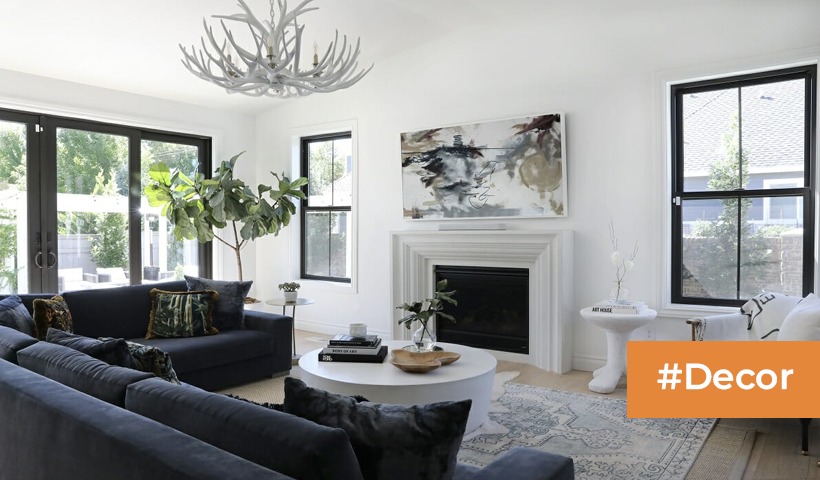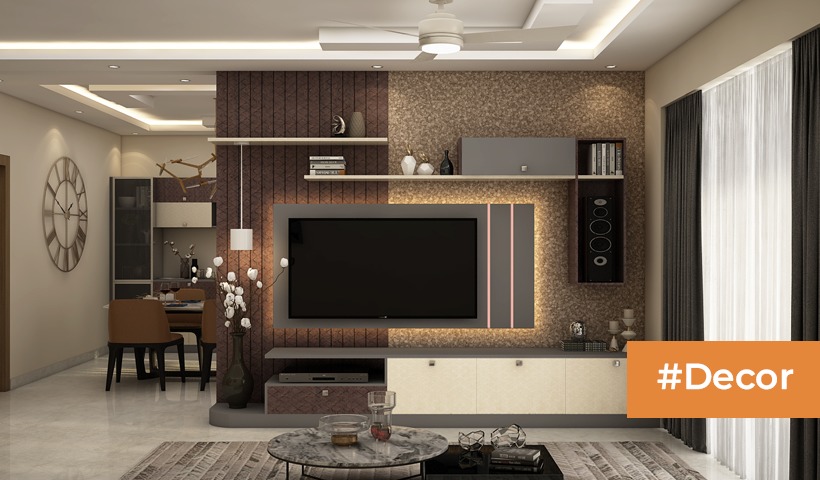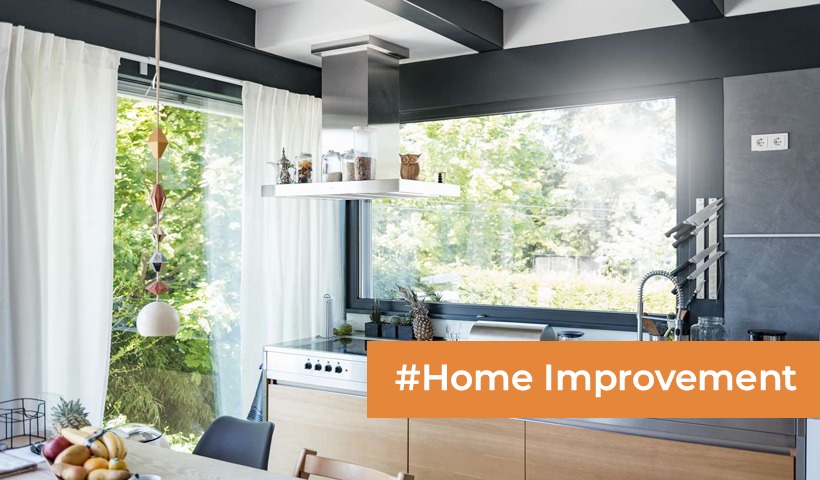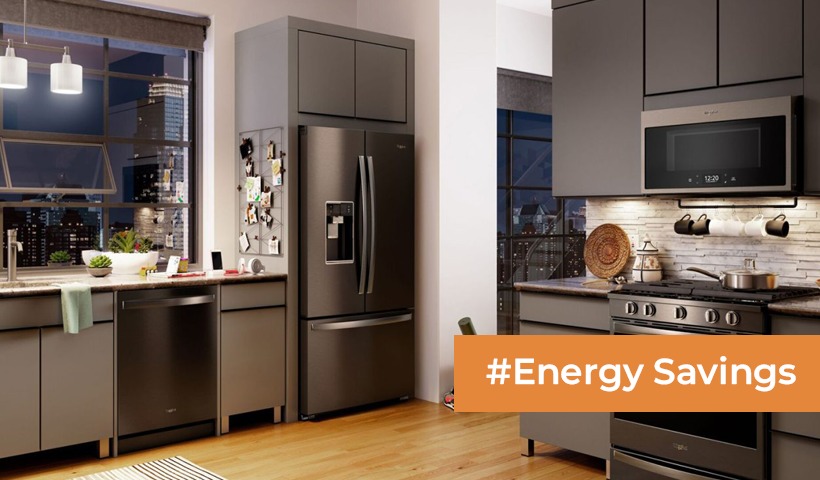Essential Home Features for Canadians Planning to Age in Place
As Canadians approach retirement age, many are choosing to age in place, preferring the comfort and familiarity of their own homes over assisted living facilities. However, to make this a viable option, it’s essential to consider the necessary modifications and features to ensure safety, accessibility, and comfort. In this guide, we’ll explore the essential home features that Canadians should incorporate to facilitate aging in place seamlessly.
Adaptable Bathroom Designs for Convenience
Aging in place requires certain modifications to the home, particularly in spaces like the bathroom. Here are some key features to consider:
Walk-In Bathtubs and Showers: For seniors with mobility issues, traditional bathtubs can be challenging to navigate. Walk-in bathtubs and showers provide easy access, reducing the risk of slips and falls.
Grab Bars and Handrails: Installing grab bars and handrails near the toilet, shower, and bathtub can significantly enhance safety by providing support and stability.
Accessible Sink and Vanity: Opt for a vanity with adjustable height options to accommodate individuals who may be seated or using mobility aids.
Kitchen Upgrades for Ease of Use
The kitchen is often the heart of the home, but it can pose challenges for seniors. Here are essential features to consider:
Lowered Countertops: Lowering countertops can make food preparation more accessible for individuals using wheelchairs or mobility aids.
Pull-Out Shelves and Drawers: Maximize storage and accessibility by incorporating pull-out shelves and drawers into your kitchen cabinets.
Touchless Faucets: Invest in touchless faucets to minimize the need for gripping and twisting, promoting independence in daily tasks.
Accessible Entryways and Exits
Creating barrier-free entryways and exits is crucial for seniors aging in place. Consider the following features:
Ramps or Lifts: Installing ramps or lifts can eliminate barriers for individuals with mobility challenges, allowing easy access to the home.
Wide Doorways: Ensure doorways are wide enough to accommodate wheelchairs or walkers comfortably.
Non-Slip Flooring: Opt for flooring materials with non-slip properties to reduce the risk of falls, especially in entryways where water or snow may be tracked in.
Comfortable and Safe Living Spaces
To promote independence and well-being, it’s essential to create comfortable and safe living spaces. Here’s what to consider:
Smart Home Technology: Incorporate smart home devices such as automated lighting, thermostats, and security systems for added convenience and security.
Comfortable Seating: Choose furniture with supportive cushions and appropriate height to ensure comfort and ease of sitting and standing.
Ample Lighting: Well-lit spaces are essential for individuals with aging eyesight. Install adequate lighting, including task lighting in key areas like reading nooks and workspaces.
Essential Home Features for Canadians Planning to Age in Place
Ensuring that your home is equipped with the necessary features for aging in place is a proactive approach to maintaining independence and quality of life as you grow older. By incorporating adaptable designs, accessibility features, and smart home technology, Canadians can create a safe, comfortable, and welcoming environment for their golden years.
FAQs
What are the benefits of aging in place? Aging in place allows individuals to maintain independence, stay connected to their community, and remain in familiar surroundings, promoting emotional well-being and quality of life.
How can I finance home modifications for aging in place? There are various funding options available, including government grants, home equity loans, and assistance programs offered by nonprofit organizations.
Are there professionals who can help with home modifications? Yes, there are certified aging-in-place specialists and home renovation contractors who specialize in creating accessible and safe living environments for seniors.
Can I make temporary modifications to my home for aging in place? Yes, there are many temporary solutions available, such as grab bars that attach securely to walls without causing damage, or portable ramps that can be installed and removed as needed.
What should I consider when choosing a location for aging in place? When selecting a home for aging in place, consider factors such as proximity to medical facilities, public transportation, and community services, as well as the accessibility and layout of the home itself.
How can I ensure my home remains safe as I age? Regular maintenance and safety checks are essential to ensure that your home remains safe and functional as you age. Consider scheduling annual inspections and investing in home security systems for added peace of mind.
Conclusion:
In conclusion, creating an age-friendly home environment is essential for Canadians planning to age in place. By incorporating the essential features outlined in this guide, individuals can enjoy independence, safety, and comfort in their own homes for years to come.
Disclaimer: The views expressed above are for informational purposes only based on industry reports and related news stories. PropertyPistol does not guarantee the accuracy, completeness, or reliability of the information and shall not be held responsible for any action taken based on the published information.




